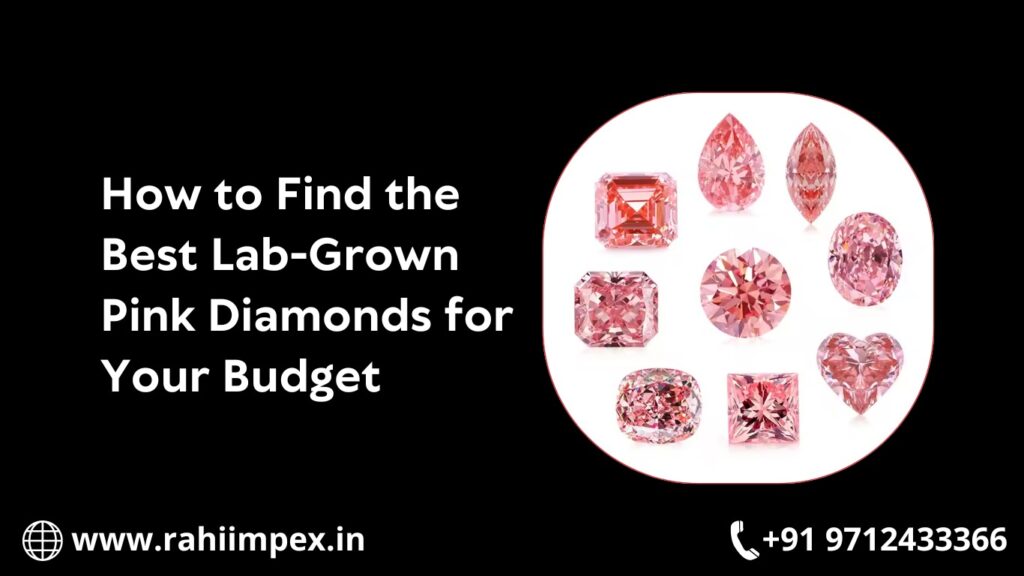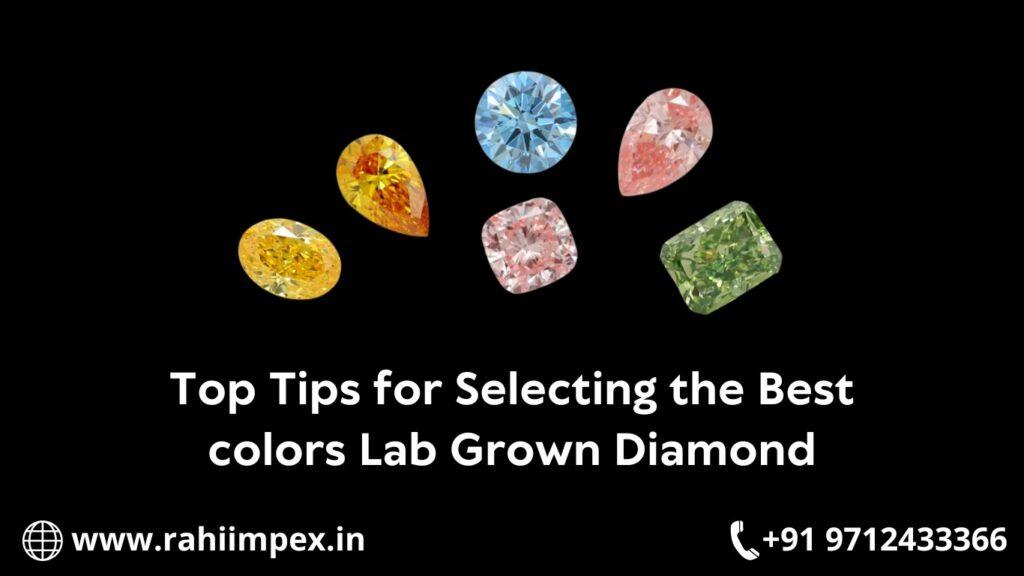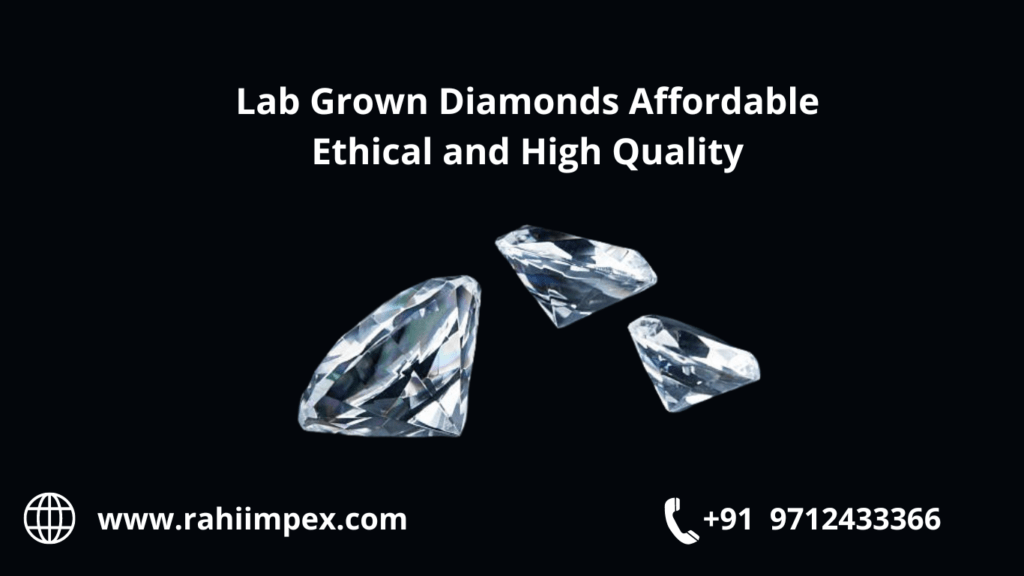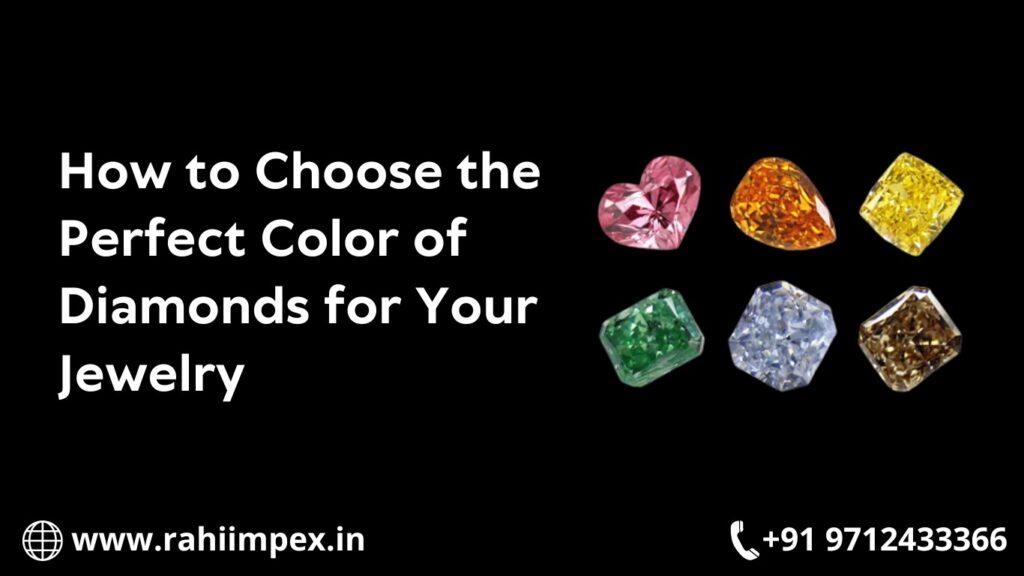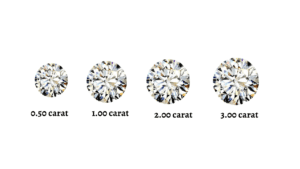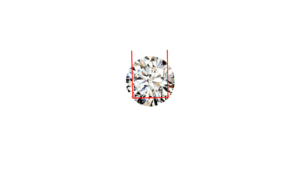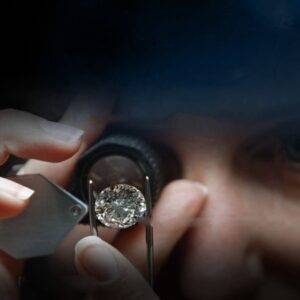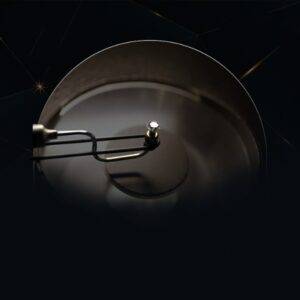How to Find the Best Lab-Grown Pink Diamonds for Your Budget
Lab-grown pink diamonds are a stunning choice for those who want to add a touch of luxury and uniqueness to their jewelry collection. These diamonds, with their soft blush hues and ethical production process, have become a popular alternative to natural pink diamonds, which can be incredibly expensive. If you’re on the lookout for beautiful lab grown pink diamonds that fit within your budget, this guide will help you find the best options.
Why Choose Lab-Grown Pink Diamonds?
Lab-grown pink diamonds, also known as lab created pink diamonds, are produced in a laboratory setting. These diamonds share the same physical, chemical, and optical properties as natural diamonds, making them identical in appearance and structure. The key difference is their origin—lab-grown diamonds are produced through a sustainable, environmentally friendly process, while natural pink diamonds are formed deep within the earth over millions of years.
With lab-grown diamonds, you can enjoy the beauty of rare pink stones without paying the hefty price tag often associated with mined diamonds. Additionally, lab grown diamonds are conflict-free, ensuring that your purchase is ethically responsible.
How to Find the Best Lab-Grown Pink Diamonds for Your Budget
Here are a few important factors to consider when searching for the perfect lab grown pink diamond engagement ring or other pink diamond jewelry:
1. Set Your Budget
Before starting your search, determine how much you’re willing to spend. The lab-grown pink diamond price is generally lower than that of natural diamonds, but it can still vary significantly based on factors like carat size, color intensity, and cut. Setting a clear budget will help you focus on options that fit within your price range without compromising quality.
2. Understand the 4 Cs
Just like natural diamonds, lab grown pink diamonds are evaluated based on the 4 Cs—cut, clarity, color, and carat. For pink diamonds, color is one of the most important aspects to consider. The more intense the pink hue, the higher the price of the diamond.
- Color: Lab-grown pink diamonds can range from light blush tones to deep, rich pinks. If you want a more vivid color, be prepared to pay a higher price.
- Cut: The cut of a diamond impacts its sparkle and brilliance. A well-cut pink diamond will reflect light beautifully, enhancing its natural color.
- Clarity: While pink diamonds often have inclusions, these imperfections are not always noticeable. However, diamonds with higher clarity are more valuable.
- Carat: Larger diamonds are more expensive, so if you’re on a tight budget, consider selecting a smaller carat size without sacrificing color and cut.
3. Compare Different Suppliers
Not all suppliers offer the same quality or price range for lab created pink diamonds. Take your time to compare different retailers, both online and offline. Look for suppliers who provide certificates of authenticity from recognized organizations like the IGI or GIA, as this ensures you are purchasing a genuine lab grown pink diamond.
4. Look for Customization Options
If you have a specific design in mind, consider suppliers who offer customization for lab grown pink diamond rings. Whether you’re looking for a simple solitaire ring or a more elaborate setting, customization allows you to create a unique piece that fits your style and budget.
Best Uses for Lab-Grown Pink Diamonds
Lab-grown pink diamonds are especially popular for engagement rings due to their rarity and romantic appeal. A lab grown pink diamond engagement ring can make a bold statement, symbolizing love, passion, and elegance.
If you’re thinking of investing in lab grown pink diamond rings, here are some ideas:
- Solitaire Pink Diamond Ring: A classic choice that puts the focus on the beauty of the pink diamond.
- Halo Pink Diamond Ring: Surround the pink diamond with a halo of white diamonds to enhance its sparkle and color.
- Three-Stone Pink Diamond Ring: This design features a pink diamond in the center, flanked by two smaller white or pink diamonds for added elegance.
Lab-Grown Pink Diamond Price
The lab grown pink diamond price is significantly lower than that of natural pink diamonds. Natural pink diamonds can cost tens of lakhs or even more, while lab-grown versions offer the same beauty at a fraction of the cost. Depending on the carat size, color intensity, and cut, you can find a lab grown pink diamond that fits your budget without compromising on quality.
On average, a 1-carat lab-grown pink diamond can range from ₹1.5 lakh to ₹5 lakh, depending on the color and clarity. Smaller diamonds or diamonds with lighter shades of pink can be even more affordable, making them accessible to a wider range of buyers.
Conclusion
Lab-grown pink diamonds are the perfect choice for those seeking luxury, beauty, and ethical responsibility, all within a budget. By understanding the factors that affect the lab grown pink diamond price and carefully choosing the right supplier, you can find a stunning lab grown pink diamond engagement ring or jewellery piece that doesn’t break the bank.
How to Find the Best Lab-Grown Pink Diamonds for Your Budget Read More »
